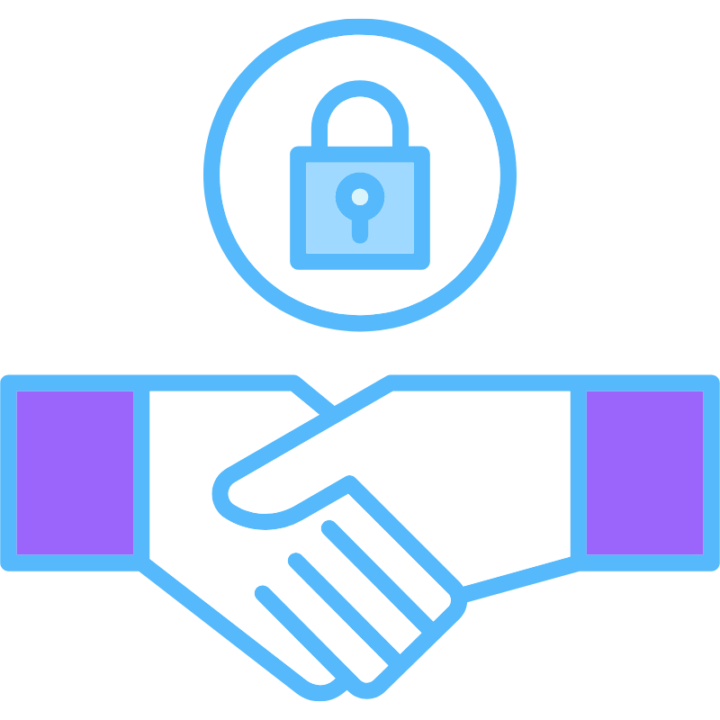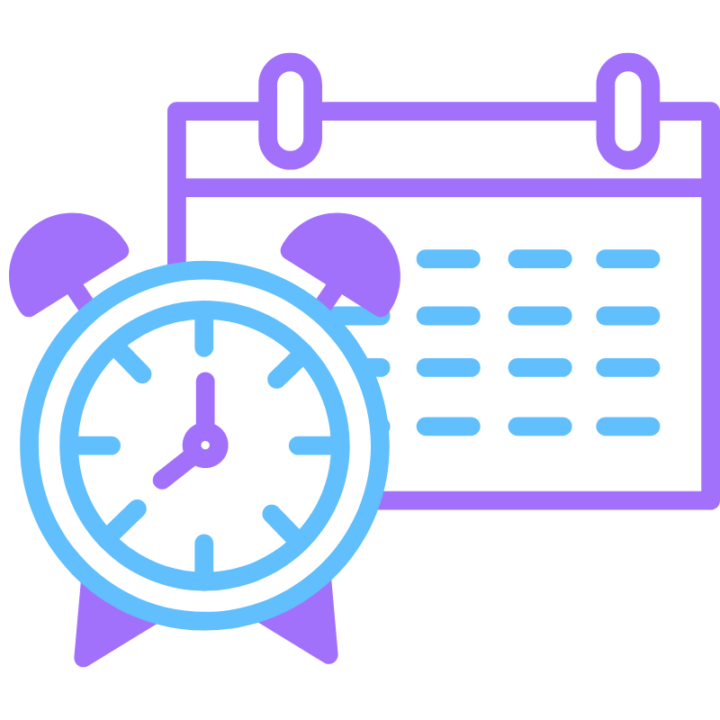Many student-athletes will take advantage of NIL to run camps and clinics in their respective sports. While this has the potential to provide lucrative streams of revenue for many individuals, students will need to be mindful of various overhead costs associated with these ventures. Liability insurance, rental fees, legal costs and on-site medical staffing are just a few of the peripheral expenses that many student-athletes may not consider initially. This should be a key component of every institution’s NIL educational efforts. Failing to consider these aspects of the business operation may cause student-athletes great distress down the road.
Along these same lines, athletic departments must remember that student-athletes who are active in the NIL landscape are essentially small business owners. Since most student-athletes will have very limited experience in the business realm, the learning curve will be steep. Many state bills mandate that institutions provide student-athletes with NIL education, but even in states where there is no educational mandate, it would behoove athletic departments to invest in educating their student-athletes in areas such as marketing, brand management, financial planning, debt management, budgeting, etc. Spry’s extensive educational library can assist your institution in providing these resources for your student-athletes!
While Covid boosters appear to be safe for use, when it comes to NIL, boosters can certainly present a fair amount of risk. While it is permissible for boosters to enter into legitimate business arrangements with student-athletes, institutions are likely to be held responsible when boosters attempt to use NIL as a recruiting inducement or as a means to circumvent pay for play restrictions. Institutions will need to carefully scrutinize any NIL disclosure between student-athletes and institutional boosters and keep a safe distance from any appearance of impropriety. Spry’s platform provides athletic departments with the ability to track booster NIL activities, flag disclosures that are above market value and address potential compliance issues in real time.
Speaking of disclosures…while non-disclosure agreements are extremely useful for protecting intellectual property, non-disclosure is not such a great thing when it comes to NIL. For starters, in most places it’s the law, as the vast majority of states have NIL legislation that requires student-athletes to disclose NIL opportunities with their institution. Additionally, when institutions fail to enforce disclosure, they lose the ability to capture valuable data on their student-athletes that could be beneficial to the students, as well as to the athletic department from a recruiting standpoint. While it does add an additional layer of administrative burden, dedicated disclosure management should be a priority for all institutions. Spry offers a convenient, easy to use digital platform that can streamline the NIL disclosure process for overworked and understaffed compliance offices.
While the ability to earn additional income through NIL is extremely attractive, student-athletes should be advised that spending too much of their time trying to “make it rain” can have extremely negative consequences for both academic as well as athletic performance. Institutions will benefit by having a well-defined time management plan to assist students in their efforts to manage their priorities appropriately. Spry’s time management function can help bring order to your athlete’s chaotic schedules and also assist with NCAA time management requirements.





